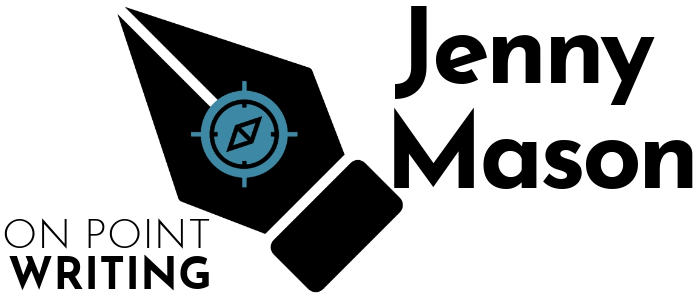 Eyes do not see; they touch. Vision evolved from skin gathering light in minute detail. The brain does not think; it smells. It evolved from a large olfactory nerve in skull. It helped us sew memories and scents together.This book will change how (and who) you are in the world.
Eyes do not see; they touch. Vision evolved from skin gathering light in minute detail. The brain does not think; it smells. It evolved from a large olfactory nerve in skull. It helped us sew memories and scents together.This book will change how (and who) you are in the world.
Meloy, Ellen. The Anthropology of Turquoise: Reflections on Desert, Sea, Stone, and Sky. New York: Vintage Books, 2002. Print.
Genre: nonfiction (nature essays)
Summary: A collection of essays explore color’s spiritual, emotional, and biological importance to humans; how our humanity has been shaped and how our impact on the planet shifts as our connection to colors diminishes.
Critique: Touch. Contact. Connection. Having a tactile experience with the physical, natural world is at the heart of each essay in this collection. Meloy demonstrates through her own adventuring how to be fully alive and awake and seduced and ecstasied in the great outdoors.
To bring readers into her experience, she converts our ability to perceive colors–especially one as slippery as turquoise–into a haptic experience. More than that, she stretches into synesthesia when she reminds us the eyes can touch and the brain can smell. It can even smell colors. Turquoise, in its hybrid not-quite-blue-not-quite-green existence is really just the scent of the wind (or so said ancient Middle Eastern cultures). Native cultures across the Americas transcribed the color into sound, one that guided souls to the afterlife.
Magical and sensual though that is, Meloy laments the modern world’s loss of color. Or, it’s increasing colorblindness to the natural world which has been dammed, funneled, paved, monetized, and commodified. Either every scrap of this planet is put to our direct use and benefit, or those scraps which will not submit to our utilitarian desires will be removed. However, this very practical and clever war-rationing approach to nature strikes Meloy as too narrow.

Instead of using the world, why not enjoy it? Marvel at it? It is a place we can revel in. Get lost. Drown. We can be bedeviled. Seduced. Overwhelmed. Ignored. All these things, and more, the world can do to us if we only let it. But why allow it to take such liberties with our bodies and souls?
Because it cracks us out of our slumbering shells. It enables us to live in a constant euphoric state of quivering, goose-prickled tingles.
Even better, enjoying the world enables us to be what we truly are, rather than what we think we are. And what we are, according to brilliant biologist E. O. Wilson, is a species of biophiliacs. Forget sapiens! Biophiliacs are insatiable lovers when it comes to nature.
“Our sense of wonder grows exponentially,” Wilson writes, “the greater the knowledge, the deeper the mystery and the more we seek knowledge to create new mystery.”
Or, as Meloy phrases it, “Lives without access to sensation are lives that edge out the earth’s raw, pervasive sweetness, that deeply biophilic connection to all life.”
But these essays come from an almost gentler, more idyllic time: the late 1990s and early 2000s. Back when we were taking our first baby-steps into sustainability and renewable energies. Today, we cannot be sure the EPA will survive the current White House administration. We cannot be sure our public lands will remain in our hands or wind up so privatized that in order to enter them (let alone enjoy them), we will first have to download and accept a standard EULA.
Now more than ever is the time to read this book and feel the world in a whole new way. Now is our best chance to confront the essential questions: are we locusts or lovers to this natural world? And, given the savage, ravenous course love takes, is there any difference between those roles?

